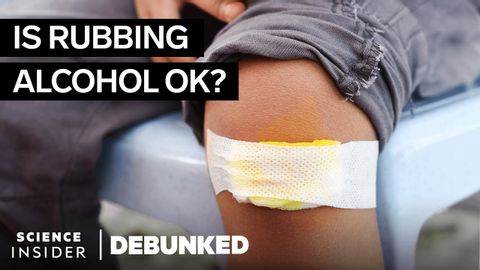救急隊員が12の救急の迷信を否定する|Debunked (Paramedics Debunk 12 First Aid Myths | Debunked)
林宜悉 が 2022 年 10 月 31 日 に投稿  この条件に一致する単語はありません
この条件に一致する単語はありませんUS /ˈprɑːpərli/
・
UK /ˈprɔpəlɪ/
US /ˈbesɪkəli,-kli/
・
UK /ˈbeɪsɪkli/
- adj.異性愛者;異性愛の;正直で直接的;真っ直ぐな;きちんとした
- adv.率直に;まっすぐに;すぐに
- n.異性愛者
- v.t./i.まっすぐにする
- v.t.おごる;治療する;扱う;処理する
- n. (c./u.)おごり;珍味;ご褒美
エネルギーを使用
すべての単語を解除
発音・解説・フィルター機能を解除
